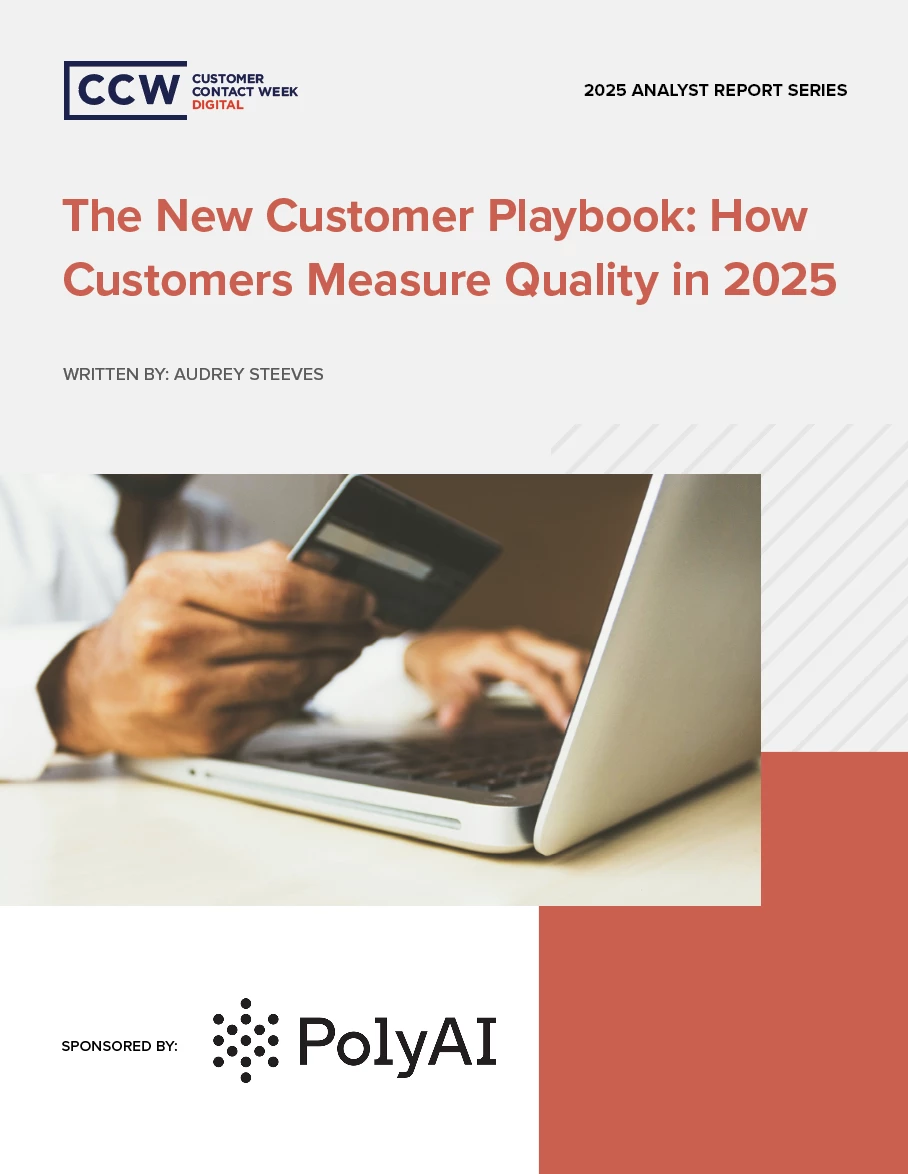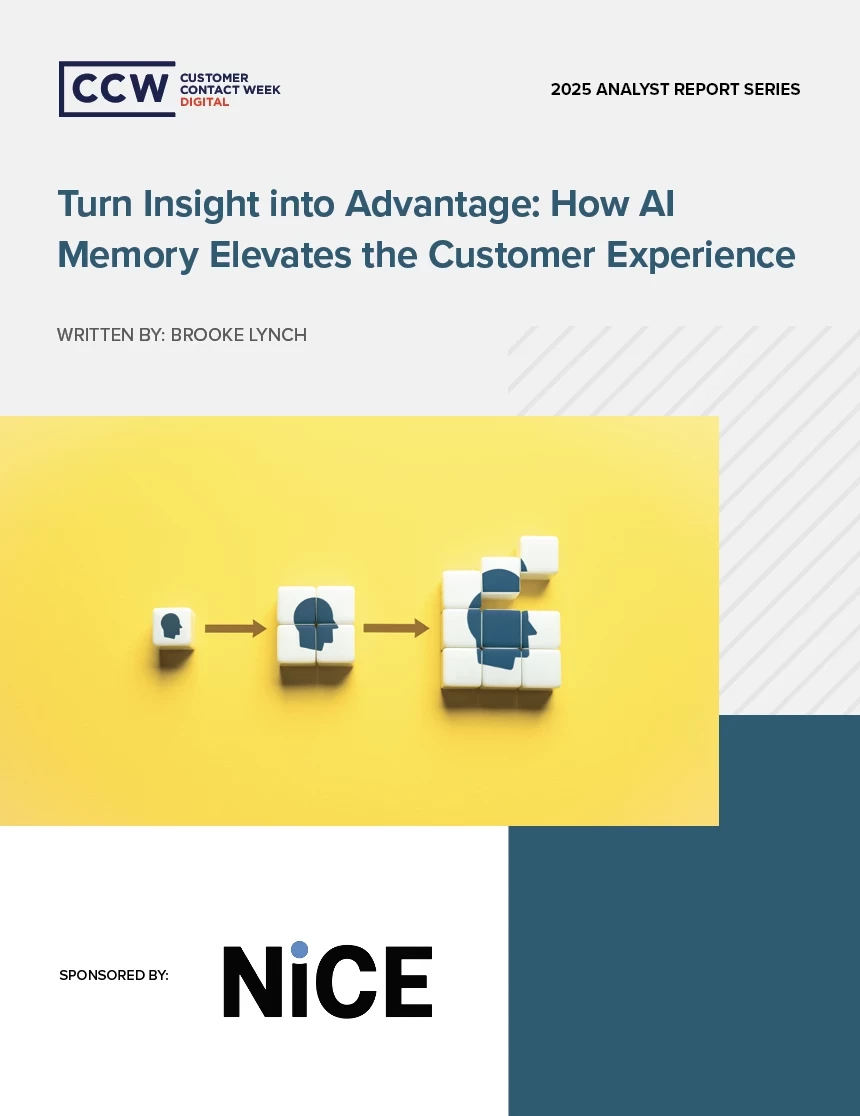Is The Customer Always Right?: Reassessing The Age-Old Claim
Add bookmark
The customer service industry prides itself on designing an exceptional experience for every customer who seeks assistance. In order to build loyalty and show appreciation, agents are taught to treat customers with kindness and cater to their every unique need. But what happens when customers abuse this standard and begin treating sympathetic agents with disrespect while insisting on unrealistic, lavish requests.
This idea was recently discussed in a feature about the service industry titled: “The Customer is Not Always Right.” The article lays out some of the apparent abuses of the age-old idea that the customer should be prioritized over everything else. Since the beginning of the pandemic, service professionals have noticed an increase in unsavory customer behavior leading them to question the potentially harmful notion. The article notes that customer entitlement has now reached an all-time high, leaving employees feeling defeated and downright disrespected.
Digging deeper into this standard, we can identify the harmful consequences of an overemphasis on customer demands. In the service industry example, one anonymous waitress noted that this behavior made her feel that customers don’t believe they actually have to treat service staff like real people. Another described the idea that because customers pay to dine with them, they feel obligated to accept unfair and rude behavior. In these instances, employees may begin to place some blame on their superiors if they feel they’re focusing more on customer needs than their actual employees’ well-being.
With more and more social media videos surfacing showing customers at their all-time worst, this concept seems more relevant than ever. If customer’s claims are based on completely unrealistic standards, should the ‘the customer is always right’ mantra still apply? When looking at it in regards to the customer service industry, should agents accept this misconduct or should their company empower them to report the customer if they’re not being treated appropriately? Ultimately, the larger question is about whether the agent should meet the demand, and if it’s worth jeopardizing the agent’s wellbeing. Additionally, will refusing to meet the demand guarantee an impact on the bottom line (to put it another way, will customers make good on their infamous threat to “take their business elsewhere”?).
To attempt to formulate an answer to these questions we can map out a few guidelines to get a clearer picture of the customers’ true intentions. Here are a few points to consider when deciding if the customer actually is always right:
How reasonable is the demand?
Some demands simply cannot be fulfilled, and though an agent may feel pressured to please the customer, it just isn’t always possible. In the service industry example, one staff member noted that some customers will flat out ask for something that’s not on the menu and if the request cannot be fulfilled, they still become angry. If the employee doesn’t have the resources or ability to accomplish the task, it may be more effective to explain this reasoning to the customer than to promise an uncertain resolution. Additionally, the customer may not even realize that their demand is unreasonable; from their perspective it could seem like an easy fix. Once they understand the implications of the request, they may be a bit more understanding. Therefore, assessing the initial practicality of achieving the customer demand is an important first step. If it seems reasonable enough to accomplish, then it’s worth proceeding, if not, work to relay a comprehensive message that effectively lays out why the company is unable to accomplish their demand.
Why is the customer demanding it?
Once you’ve assessed whether your customer’s demand is reasonable, you can begin to investigate their intent. For example, if a customer is seeking a refund for a non-refundable ticket it may seem easy to dismiss their anger if the policy was explicitly stated upfront. However, if the customer accidentally purchased a larger quantity of tickets due to confusion on the business’s website, maybe a tool that easily multiplied the ticket quantity, they may place the blame on the company. In a case like this, it would benefit the agent to understand where the customer is coming from: they’re not just looking to complain about the policy and get a quick refund, they’re actually complaining about a malfunctioning website feature. Recognizing the customer’s true intention (and motivation) can distinguish whether a customer’s request is actually valid and worth initiating a resolution.
How justified are they? What value would it add to the experience?
If a customer is calling to complain and not seeking a quick resolution, it may be a bit more complicated to pull off. Continuing with the ticketing example, if a customer calls to complain about the technology, maybe the tool wasn’t visible enough or the command was too sensitive, agents may need to consider whether or not the claim is justified. If the problem is a singular issue and essentially no other customers have trouble with it, it obviously shouldn’t be marked a total design flaw. But if it’s a common complaint, one that may even be the culprit of the influx of angry callers, it’s probably justifiable. Additionally, the complaint may offer valuable feedback that enhances the future customer experience. In a case like this, where a customer is pointing out a potential technology failure or website pain point, it’s worth considering how resolving it can add value to the entire customer journey.
What would it take to deliver?
Once the agent works through the nature of the complaint and decides whether or not it’s justified, they must acknowledge the scope of the claim. If the complaint is a design issue or website malfunction, how involved would it be to deliver a resolution? When the issue goes beyond a simple refund or exchange, it may not be an easy fix. However, if the agent is receiving daily angry calls with the same complaint it may be worth escalating. In this case, it would be beneficial to consider a kind of cost-benefit analysis. Would the work and expenses put in to achieve the claim be beneficial to the rest of your customers? Also, would it improve your agents’ experience and mindset? Obviously, dealing with upset customers all day can be detrimental to your agents’ wellbeing, potentially leading to higher levels of turnover and burnout. Therefore, allocating more extensive resources to resolve these larger issues may be worth the effort in the long run.
What benefit would there be to saying no? Is there any cost to saying yes?
Though we covered some of the benefits of fulfilling difficult requests, it’s also important to consider the benefits of actually saying no. It may not always be in the best interest of both the agent and company to fulfill every single customer demand. For example, an airline agent may be forced to deny a request for a passenger to bring a large package on board with them. It may not seem like a big deal to the passenger, maybe they claim it can fit with them under their seat or they can hold it, but what about everyone else on board? This small exception could negatively impact other travellers' experiences, if they can’t recline or it impedes on their space, leading to even more complaints. In this instance, saying yes could lead to another set of challenges that are potentially more harmful than the simple no. It’s important to weigh every outcome to find the best option in each scenario; saying yes may not be the most productive for everyone involved.
Bottom Line
When working through these questions we can begin to establish a new version of customer centricity that promotes both agents’ well-being and customer value. Ultimately, businesses need to implement policies that work to maximize efficiency for customers while emphasizing the agent experience.
To achieve this, they need to continually assess the concerns of both agents and customers to deliver the best possible customer service experience. In processing customer demands, it is important to assess the validity of a claim while also continually working to understand the intention behind it. It may seem easy to write off the loudest, most abrasive customers, but their complaints may offer valuable information that should actually be implemented in your policies to enhance the overall customer and agent experience.
Photo by Andrea Piacquadio PEXELS





























